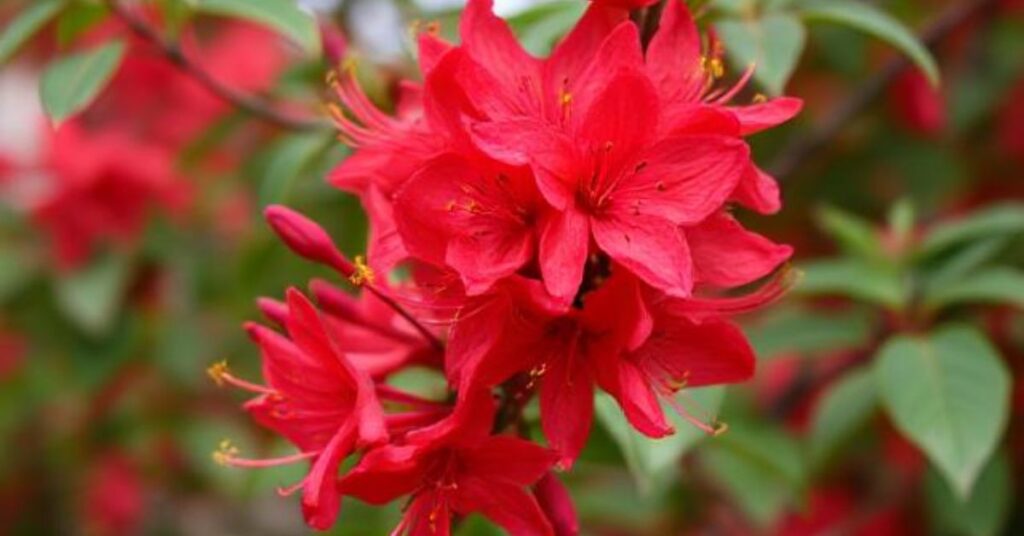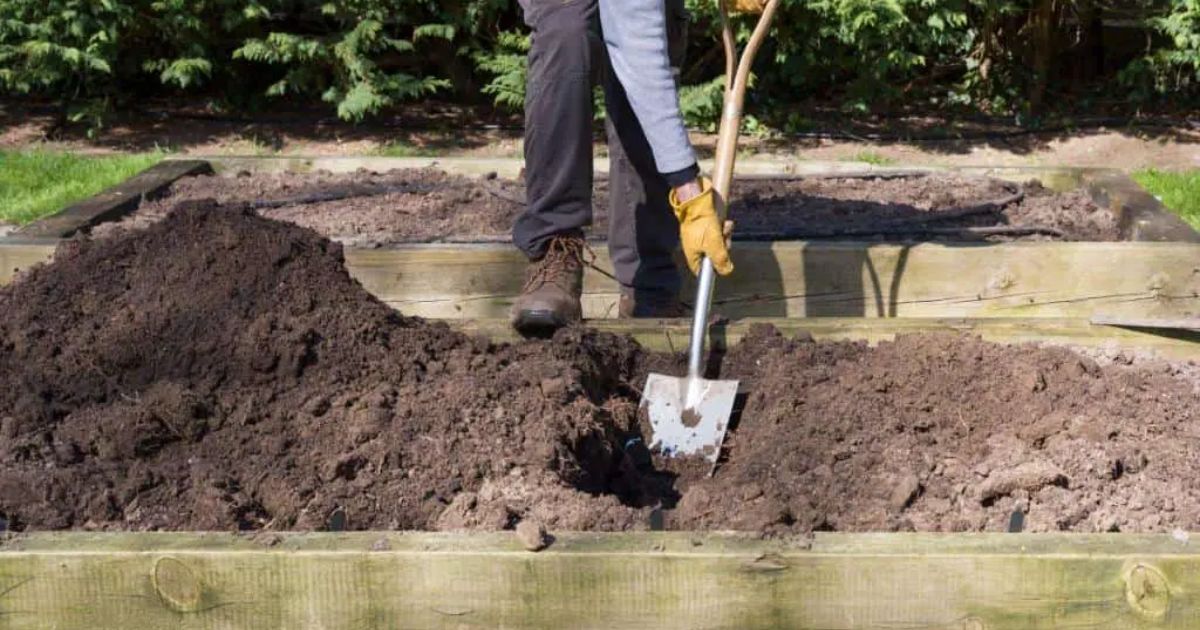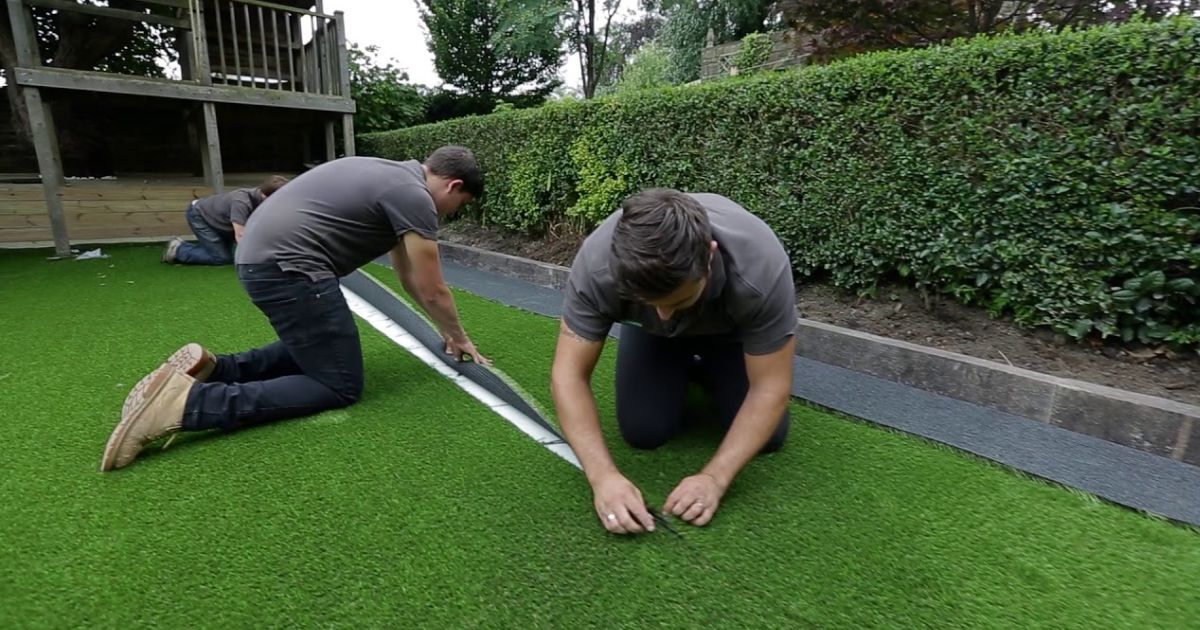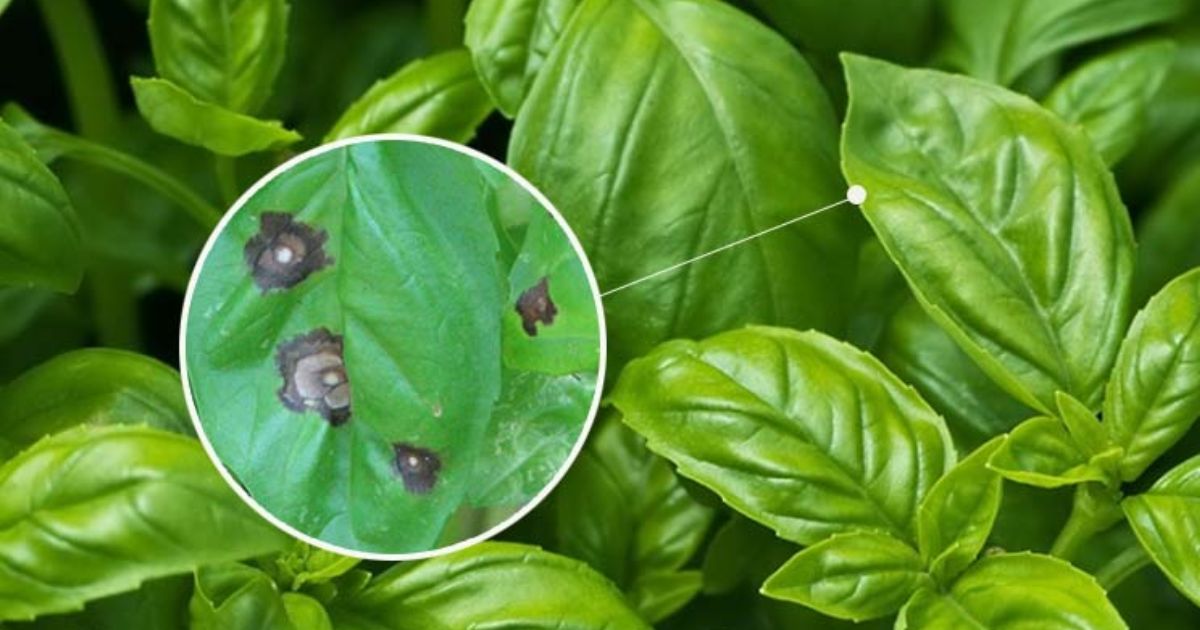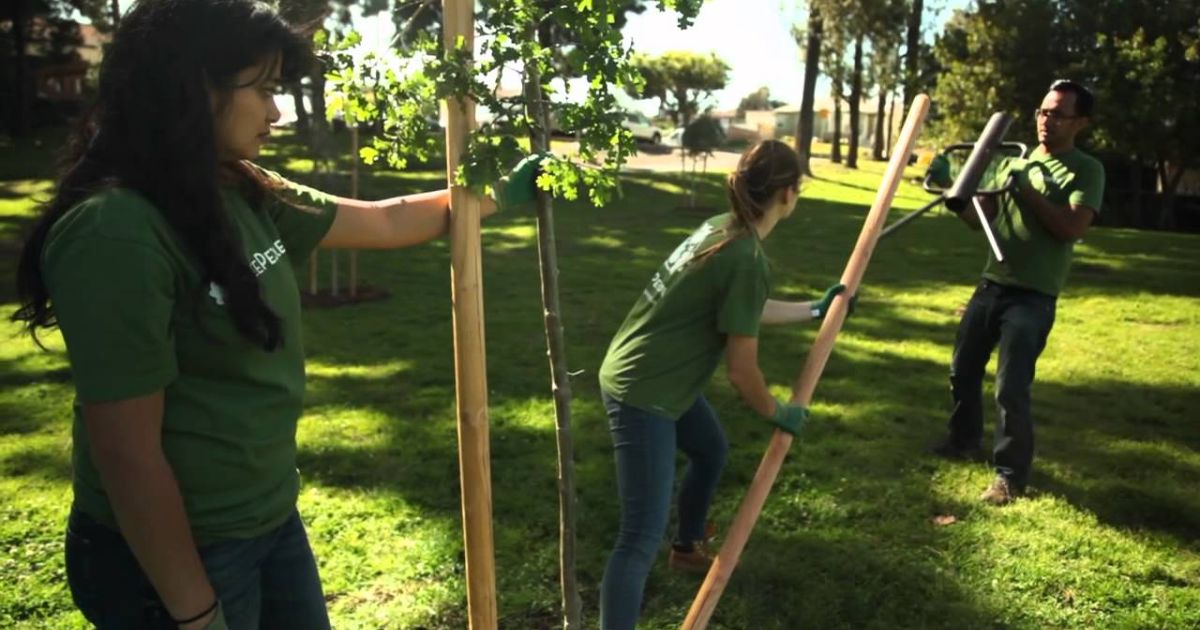Honeysuckle is a beautiful, fragrant, versatile plant that adds charm to any garden. Whether climbing over fences or growing as a shrub, it attracts pollinators like bees and hummingbirds while providing a delightful aroma. This tutorial will assist you with honeysuckle cultivation and maintenance.
How to Grow and Care for a Honeysuckle Vine
Honeysuckle vines thrive best in full sun but can tolerate partial shade. Although they can thrive in a variety of soil types, they prefer well-draining soil that has been supplemented with organic matter.
Growing Honeysuckle Vines
Honeysuckles can be used as ground cover in suitable areas, but they flourish when provided with support, such as a fence or trellis.They can also be grown in containers with the right care.
- Using a Fence or Trellis: These vines readily climb sturdy fences, posts, or trellises, quickly covering large structures. Over time, the lower portion of the vine may become woody and sparse due to shading. To maintain a healthy appearance, thin out the top half of the vine during its dormant season. How to Grow Forget Honeysuckles can also be trained to cover an arbour, providing a shaded retreat in a sunny yard.
- Growing in Containers: Many honeysuckle varieties thrive in pots, provided they receive consistent watering and a fertilizer that is balanced (10-10-10) at the beginning of the growth season. Use a trellis for support, or let the vine cascade from a hanging basket for a decorative effect.
Caring for Honeysuckle Vines
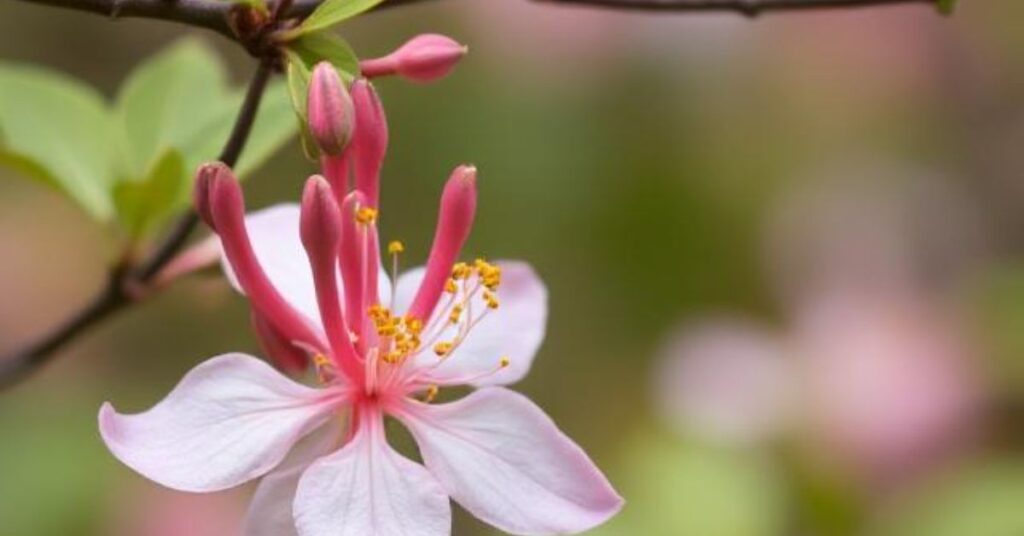
Honeysuckle vines require minimal care beyond occasional watering. However, regular pruning is beneficial, as some varieties can become invasive if left unchecked.
- Pruning: Honeysuckle vines are best pruned during winter while the plant is dormant. If your vine has grown unchecked, heavy pruning will rejuvenate it, and new growth will emerge in the spring.
If lonicera honeysuckle vine is used for erosion control, pruning may not be necessary, as the vine will spread naturally to stabilize the soil.
Types of Honeysuckle to Grow
Honeysuckle, part of the Lonicera genus, includes a variety of species cherished by gardeners for their vibrant blooms and climbing abilities. Here are some popular varieties:
- Common Honeysuckle (Lonicera periclymenum) – A fast-growing, late-flowering deciduous vine that thrives in light shade.
- Japanese Honeysuckle (Lonicera japonica) – Known for its rapid growth and sweetly scented flowers, this variety is excellent for covering trellises and fences. However, it can become invasive in certain regions.
- Evergreen Honeysuckle (Lonicera henryi) – An evergreen climber that provides year-round foliage, making it a great alternative to ivy for walls, fences, or trellises.
- Trumpet Honeysuckle (Lonicera sempervirens) – Recognized for its striking trumpet-shaped blooms, this variety adapts well to different soil types and Soil Solarization in Raised Beds is commonly used in naturalistic landscapes.
Each type has distinct characteristics, making them suitable for landscaping purposes, such as ground cover, erosion control, or privacy screening.
Benefits of Growing Honeysuckle
Honeysuckle vines offer numerous advantages:
- Attracts Pollinators – Their flowers attract bees, butterflies, and moths, boosting biodiversity in your garden.
- Enhances Aesthetic Appeal – The vibrant blooms and sweet fragrance add beauty to any outdoor space.
- Erosion Control – The plant’s dense root system helps stabilize soil, making it ideal for slopes.
Preparing for Planting Honeysuckle
Choosing the Right Location
Selecting a suitable site is essential for healthy honeysuckle growth.
- Sunlight & Soil Conditions – Honeysuckle thrives in partial shade but can grow in sunnier spots. It adapts well to different soil types, provided they are well-draining. The pH range of 5.5 to 8.0 is optimal.
- Drainage & Wind Protection – Ensure good drainage to prevent root rot and How to Prune Roses for Healthy plant in an area sheltered from strong winds for optimal growth.
- Companion Planting – Pairing honeysuckle with other flowering plants can improve biodiversity and attract more pollinators.
Soil Preparation
Healthy soil promotes vigorous growth.
- Improving Soil Quality – Enrich the soil with compost or mulch to enhance fertility and structure.
- Soil Testing—Conducting a soil test before planting helps identify deficiencies or imbalances that could affect plant health.
How to Plant Honeysuckle
What You’ll Need
To successfully plant honeysuckle, gather the following supplies:
- A hand trowel or border spade (depending on plant size)
- Garden ties for securing vines to trellises or fences
- A watering can for initial hydration after planting.
- Mulch to protect the plant in colder temperatures
- Secateurs for pruning and maintaining shape
With the proper preparation, How to Grow and Care buying honeysuckle plant vines will flourish, bringing colour, fragrance, and wildlife to your garden.
How to Prune Honeysuckle
Pruning is essential for maintaining honeysuckle plants’ health, shape, and vigour.
Why Pruning is Important
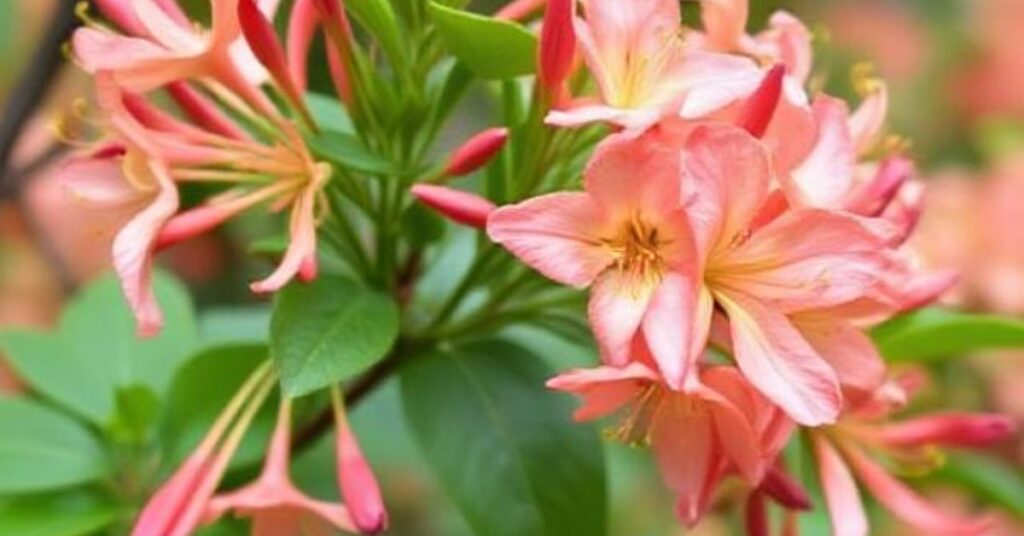
Regular pruning encourages bushier growth, improves airflow, and promotes abundant flowering. It also helps remove dead or damaged wood and prevents overcrowding.
Best Pruning Practices by Season
- Late Winter to Early Spring – For deciduous honeysuckle varieties, prune before new growth to encourage healthier blooms and foliage.
- Late Summer to Early Autumn – A light trim during this period helps tidy the plant while supporting current growth.
Pruning Techniques
- Severe Pruning – If your honeysuckle plants for sale has become overgrown, cut it back to about a foot from the ground during dormancy (late autumn to winter). Best Strawberry Types for Every The plant will quickly recover and bloom the following spring.
- Climbing Honeysuckle Maintenance – After flowering, use secateurs to reduce the size by about one-third to maintain a neat and controlled shape.
Common Problems When Growing Honeysuckle
Pests & Diseases
Honeysuckle can be affected by several pests and fungal infections.
- Common Pests – Watch out for honeysuckle aphids, thrips, and glasshouse whiteflies. Check plants frequently for early indications of infestation.
- Diseases—Powdery mildew, leaf spot, and silver leaf can impact honeysuckle. To reduce risks, ensure good air circulation and avoid overhead watering.
- Preventative Care—Healthy plants are more resistant to issues. How to Grow Hydrangeas Proper care, including appropriate watering and spacing, prevents stress and disease.
Environmental Challenges
Honeysuckle may struggle under extreme weather conditions.
- Winter Protection: Apply mulch around the base to insulate roots from harsh cold.
- Heat Management: In hot climates, ensure the plant receives sufficient water to prevent stress.
- Climate Adaptability: Understanding your USDA plant hardiness zone will help you choose the best honeysuckle seed variety for your area.
What to Plant with Honeysuckle
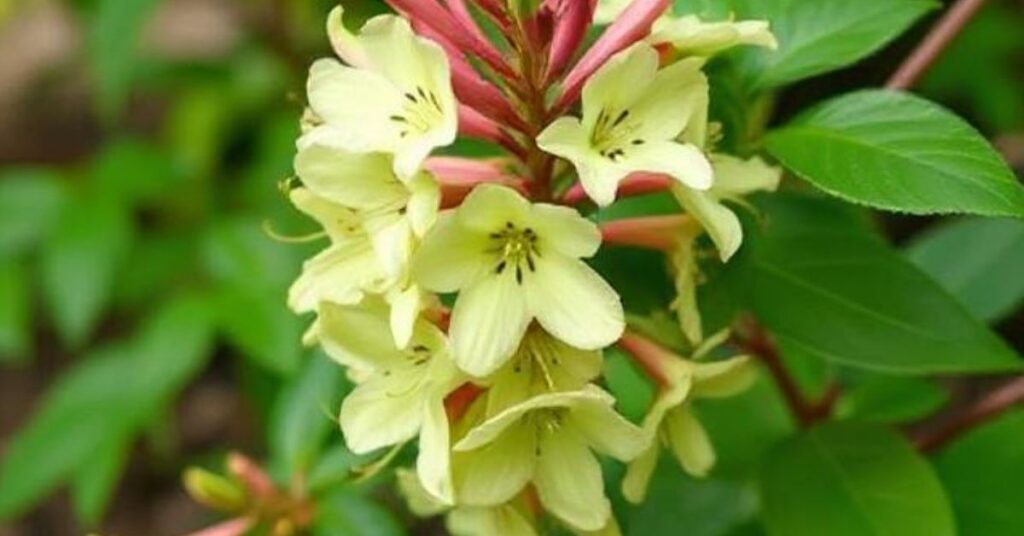
Full sun to partial shade is ideal for buy honeysuckle plant growth.well-drained soil, so selecting compatible companion plants enhances aesthetics and biodiversity.
- Flowering Perennials – Coneflowers (Echinacea) and Black-eyed Susans (Rudbeckia) complement honeysuckle’s blooms while attracting pollinators.
- Shrubs – Viburnum and dogwood create visual contrast and provide a habitat for wildlife.
You can create a thriving, pollinator-friendly garden with year-round visual interest by pairing red honeysuckle with the right plants.
Will Honeysuckle Bloom the First Year
Honeysuckle (Lonicera spp.) may or may not bloom in its first year, depending on several factors such as the variety, growing conditions, and whether it’s grown from seed or transplant. Generally, if you’re planting honeysuckle from seed, it’s unlikely to bloom in the first year. These plants often need a year or more to mature enough to produce flowers. However, if you’re planting a young, well-established nursery plant or transplanting a mature specimen, you may see some blooms during the first growing season.To encourage early blooming, it’s essential to provide ideal conditions.
While it can withstand some shade, honeysuckle prefers full light. Well- Well-drained soil, regular watering, and some balanced fertilizer will support healthy growth. Proper support, like a trellis or fence, helps climbing varieties establish quickly and direct energy into flowering.
Even if it doesn’t bloom the first year, honeysuckle is a fast-growing and hardy perennial. With patience, it typically rewards gardeners with fragrant, colourful blooms in the second year and beyond. Once established, honeysuckles can flower abundantly each season, attracting pollinators like bees, butterflies, and hummingbirds. So, while first-year blooms aren’t guaranteed, they’re possible with the proper care.
Where to Buy a Honeysuckle Plant
If you’re looking to buy a pruning honeysuckle plants , you have several great options, both online and in physical stores.
Local Nurseries and Garden Centers
One of the best places to find a healthy honeysuckle plant is at a local nursery or garden centre. These stores often carry region-specific varieties that thrive in your climate. Plus, you can inspect the plant before purchasing.
Online Plant Retailers
Many online stores specialize in sellingis honeysuckle an evergreen plants and offer a wide variety of species. Websites like Amazon, The Home Depot, Lowe’s, and Nature Hills Nursery provide different options and deliver plants directly to your door.
Specialty Plant Shops
Some botanical gardens and speciality plant shops carry unique and rare honeysuckle varieties. For unique selections, check with local plant expos or speciality garden stores.honeysuckle plant for sale
Home Improvement Stores
Large chains like Lowe’s, The Home Depot, and Walmart Garden Center frequently stock honeysuckle plants, especially in the spring and summer.When purchasing, ensure the plant is healthy, with no signs of disease or pests. Choose a variety suited to your climate and garden conditions for the best coral honeysuckle for sale results.honeysuckle plant for sale
Conclusion
Growing and caring for john clayton honeysuckle is a rewarding experience, whether looking for beautiful blooms, a fragrant garden, or a natural privacy screen. You can enjoy healthy, thriving plants by choosing the right variety, providing proper sunlight, where to buy honeysuckle watering appropriately, and pruning when needed. Regular maintenance, pest control, and adequate support structures will ensure that your honeysuckle continues to flourish year after year.
With a little effort and attention, your honeysuckle will reward you with vibrant flowers, sweet fragrances, and even a touch of wildlife as butterflies and hummingbirds flock to its nectar.
FAQ
How often should I water my honeysuckle plant?
Honeysuckle plants need regular watering, especially during dry periods. Once or twice a week, give the soil a thorough watering, making sure it stays damp but not soggy. Once established, they become more drought-tolerant but benefit from occasional deep watering.
What time of year is ideal for honeysuckle pruning?
The type of honeysuckle determines when pruning is most effective. For flowering vines, prune after blooming in late summer. For bush honeysuckles, early spring before new growth appears is ideal. Regular pruning helps maintain shape, encourages growth, and prevents the plant from becoming invasive.
Does honeysuckle need full sun or shade?
Full sun to partial shade is ideal for honeysuckle growth. A minimum of six hours of sunlight per day guarantees robust development and a profusion of blooms. It can withstand some shade, but too much will reduce blooming and may lead to leggy, weak growth.
What type of soil is best for honeysuckle?
Honeysuckle prefers well-draining soil rich in organic matter. Its ideal pH is slightly acidic to neutral (6.0–7.5). Adding compost or mulch helps retain moisture and improves soil quality, ensuring the plant receives essential nutrients for healthy growth.
How can I prevent pests and diseases in honeysuckle?
To prevent pests and diseases, spacing plants appropriately ensures proper air circulation. Regularly inspect for aphids, powdery mildew, and leaf spots. Using insecticidal soap, neem oil, or a strong water spray helps control pests. Avoid overwatering to prevent fungal issues.

